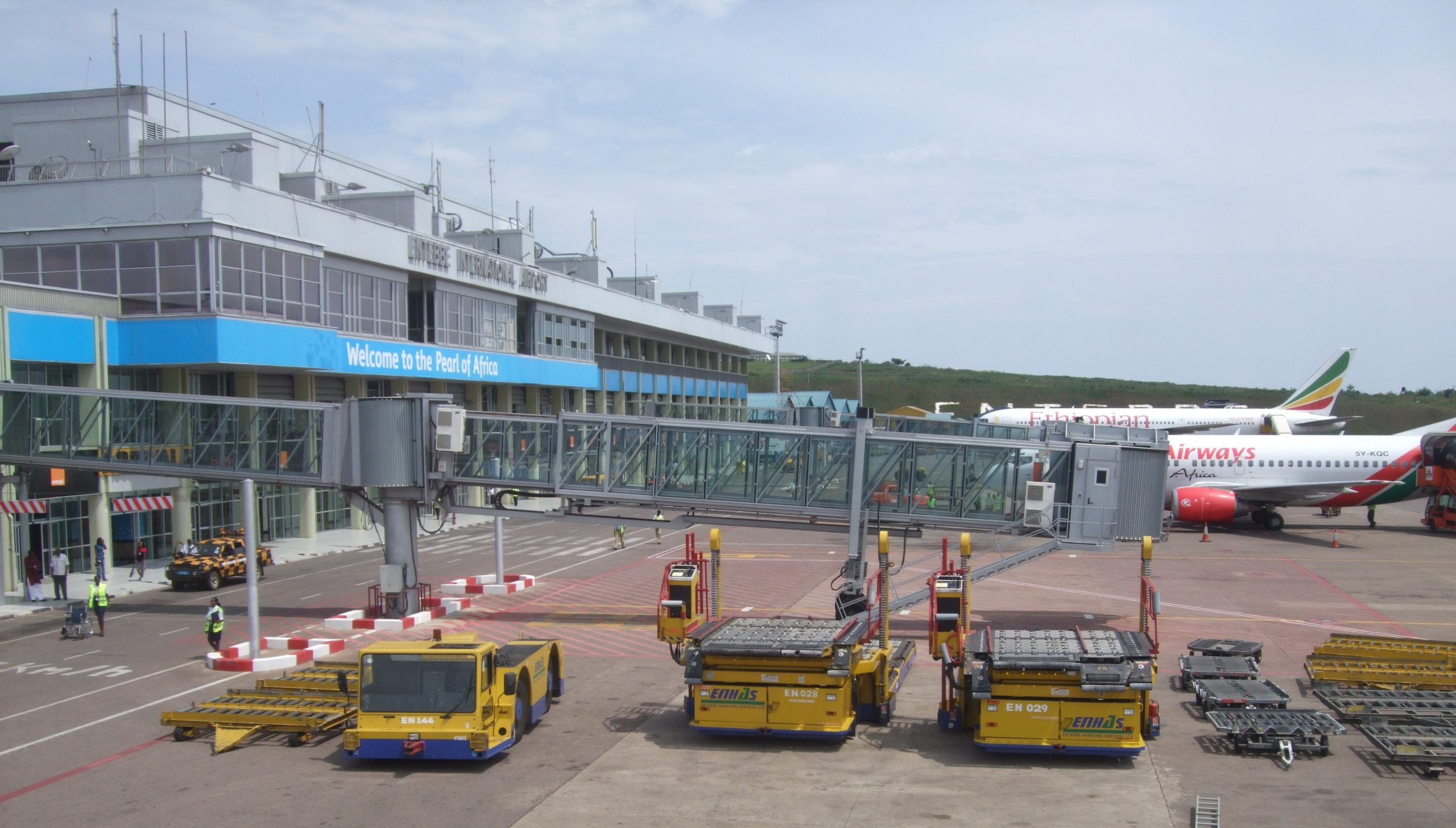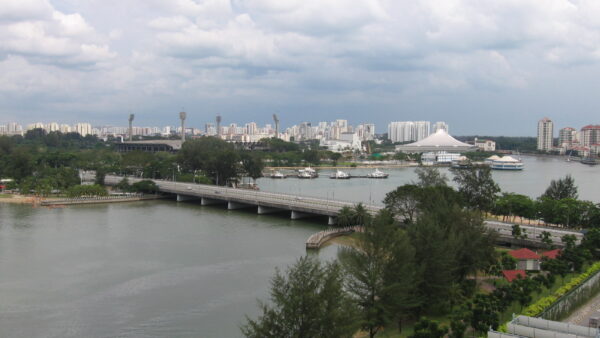
China Communications Construction Company (CCCC) has completed work on a cargo terminal at Uganda’s Entebbe International Airport.
The project is classed as a Belt and Road project, and was financed by the Import-Export Bank of China, Xinhua reports. It is part of a $200m modernisation programme that also involves refurbishing the existing passenger and building a new one, and rehabilitating two runways.
Mr. Li Qinpu, CCCC’s project manager for the work, said it employed 80 Chinese and more than 900 local employees, and where possible construction materials were locally purchased. In the past, Chinese projects in Africa have been criticised for failing to offer jobs and transfer skills to local workforces (see further reading).
Ms. Jiang Jiqing, the commercial counsellor at the Chinese embassy in Kampala, said the “state-of-the-art” facility would boost agricultural exports. Uganda is the second largest producer of coffee in Africa, after Ethiopia, and exports earn around $500m, some 17% of its foreign trade. Other important crops are vanilla, hides, fish, cut flowers and fruit.
“We all know that Uganda is very eager to export its premium agriculture products to the outside world and to neighbouring countries. I expect when the cargo centre is fully functional our trade relations will increase,” she said after a tour of the facility on Friday.
The centre is the relocation and replacement of the previous centre, which was a repurposed hangar. When commissioned, the new facility will accommodate 100,000 tonnes of cargo a year, double that of the old centre, and will have cold storage to preserve produce.
He said new figures show that the country’s cargo traffic is steadily growing. The volumes have grown from 6,600 metric tons in 1991 to 67,000 metric tons at the turn of 2021. Projections put the tonnage at 172,000 metric tons by 2033, according to the UCCA figures.
According to the Uganda Civil Aviation Authority, air cargo has grown from 6,600 tonnes a year in 1991 to 67,000 in 2021. The rest of the work at Entebbe is expected to be completed by spring 2024.
Further reading:










